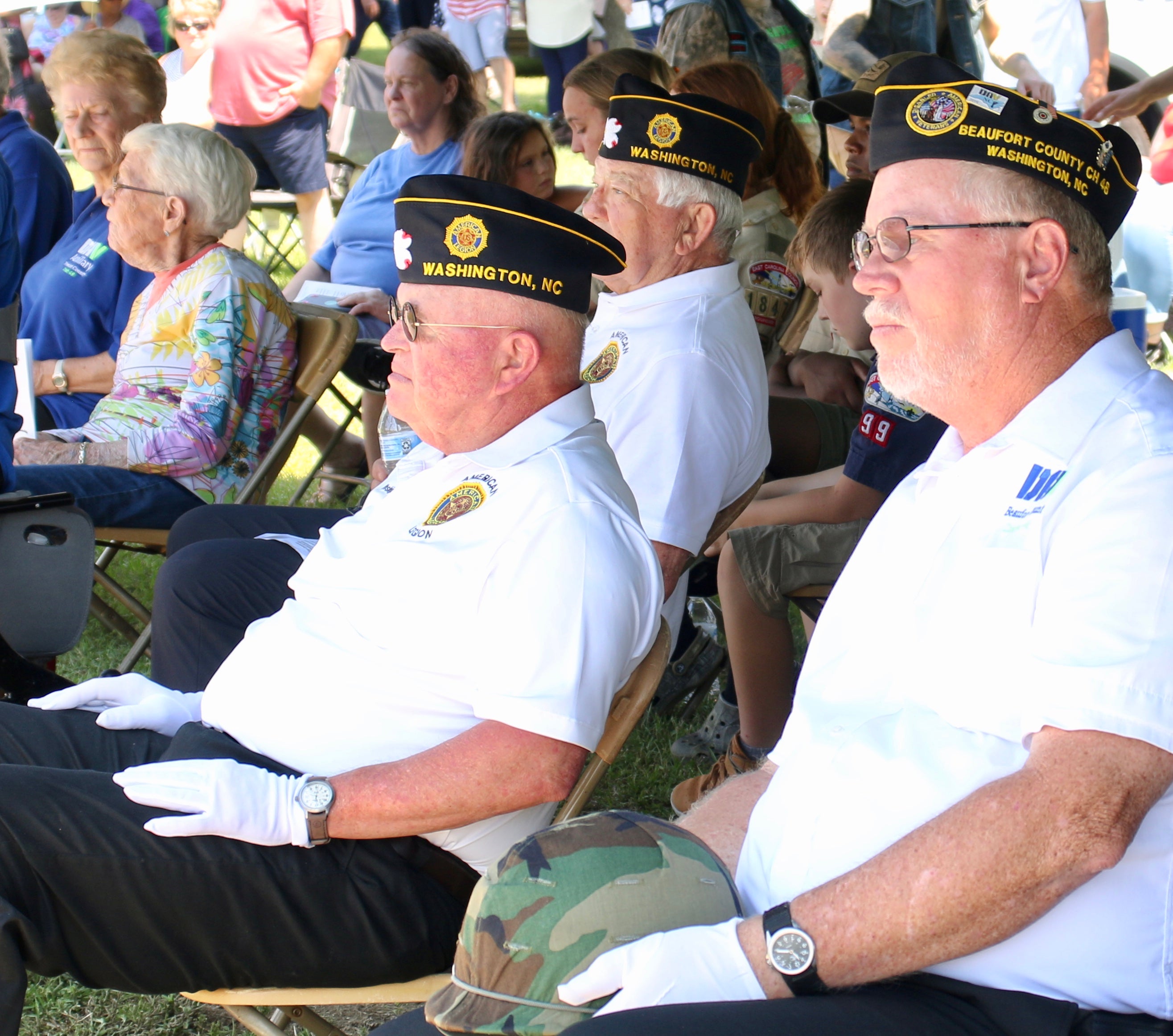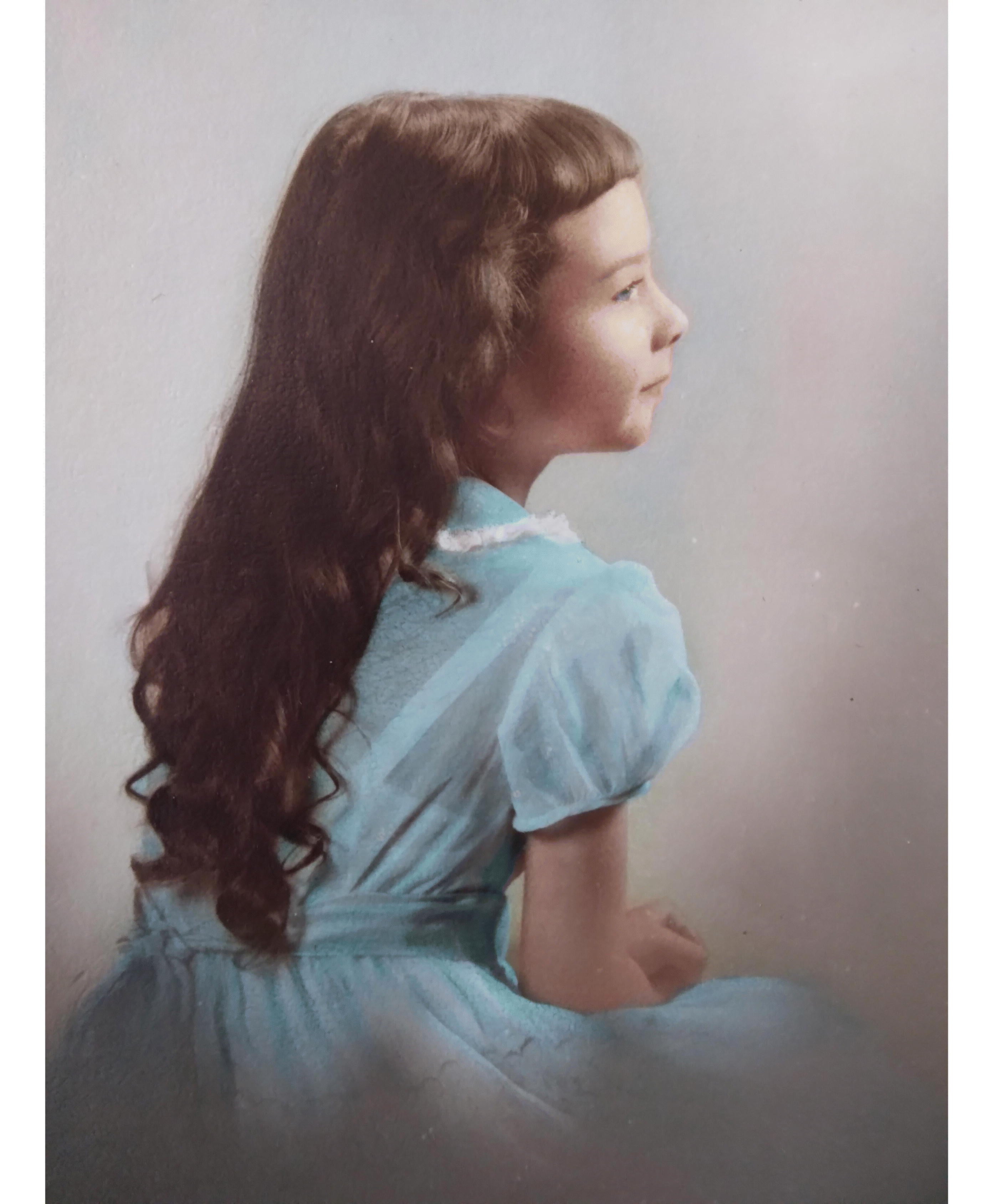Belhaven cemetery in disrepair
Published 2:28 pm Friday, March 28, 2008
By Staff
Town can’t progress until it ‘rights this wrong’
By DAN PARSONS
Staff Writer
BELHAVEN — James Adams survived World War I to return to his home in Belhaven. When he died, Adams, a black man, was interred in the town’s historically black graveyard, Black Bottom Cemetery, at the north end of Pine Street.
Today, Adams’ grave appears to be located in the same sort of no-man’s land he likely saw while fighting in France with the then-segregated Army. It lies in a swath of recently cleared scrub brush with tree stumps and debris strewn about the barren ground. The lid of his wooden coffin rotted and collapsed. Hundreds of other graves are in the same condition, leaving row upon row of depressions where dirt has filled the cavities in the long-neglected burial ground.
Most of the caved-in graves are unmarked. The dead, many of them former Belhaven residents, buried in masonry vaults have fared little better over the years. The roofs of many of the stone and brick canopies have collapsed, revealing the remains inside. In at least two of the vaults, visitors to the cemetery may see skulls.
Belhaven Mayor Adam O’Neal, during a tour of cemetery he and a Washington Daily News reporter took Tuesday, said he learned of the condition of the cemetery about six weeks ago. At the time, most of the cemetery was overgrown with brush and trees to the point that all but the graves dug in the past two years were completely shrouded, he said.
Hiking into the reaches of pine forest that still engulfs much of the cemetery, it was evident that O’Neal had ceased being a political figure. He was simply a resident of the town whose founders were beneath the ground on which he walked, sometimes not realizing until too late that he was standing in a depression that served as the only marker that human bones lay beneath.
Since then, inmates from Hyde Correctional Institute have cleared the brush from most of the grounds of the cemetery — leaving the land strewn with tree stumps and revealing hundreds of depressions from collapsed coffins. Some of those graves mark the resting places of slaves owned by Belhaven’s earliest residents.
In his campaign to better the town, O’Neal said, the restoration of Black Bottom Cemetery has become the town’s top priority. He blames the neglect of the cemetery and of more than 40 lots in the predominately black sections of town that have been allowed to grow up to a general apathy of former town administrations toward the upkeep of the town’s black community.
The town’s public works department has also been put to work on the project — clearing and discovering graves. O’Neal estimates that as many as 400 former Belhaven residents are buried there. The number may be much higher after a team of East Carolina University students and professors complete a survey that is using global positioning satellite technology.
The town is working with the N.C Department of History and Archives to help with the restoration and train local volunteers to handle the remains of people buried in the cemetery. In April, O’Neal, interim Town Manager Gwinn Leverett and other town officials will meet with a local Masonic lodge to offer the opportunity to become actual masons by laying new bricks to cover the cemetery’s unearthed remains.
The town will be reaching out to its residents in an effort to identify bodies buried in the cemetery, according to Leverett. Once mapping and restoration efforts are completed, Leverett said, the town will take on maintenance of the cemetery — as it does with four other cemeteries already.
There are at least eight generations buried in Black Bottom, Leverett said.




